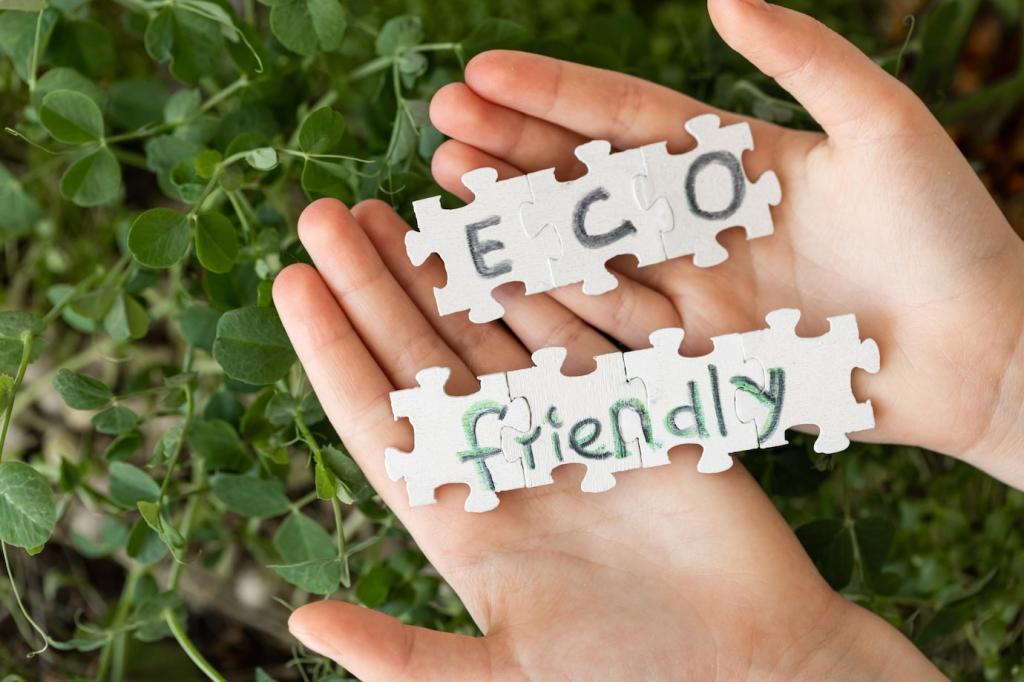
How to Craft Influential Stories About Eco-Friendly Practices
Selected theme: How to Craft Influential Stories About Eco-Friendly Practices. Step into a storyteller’s mindset where sustainability becomes irresistible, practical, and human. Read on, share your thoughts at the end, and subscribe for fresh prompts that turn green ideas into real-world impact.



Build Relatable Eco Protagonists

Feature someone like your neighbor who cut food waste by half with one weekend of planning. Share the small mishaps, like a compost bin that briefly smelled, and the turning point when a tidy system finally clicked. Ask readers to share their first messy step toward greener habits.
Structure That Drives Action
Start with a relatable problem—sky‑high energy bills or overflowing trash. Paint the after—quieter home, lower bills, fresher air. Then offer the bridge—two steps anyone can take this week. Keep the bridge small and specific so readers feel momentum. Invite them to commit publicly in the comments.
Structure That Drives Action
Explain why now matters: wildfire smoke days increasing, or that the 1.5°C threshold narrows with every year of high emissions. Tie global stakes to local consequences, like school closures or beach advisories. Urgency paired with attainable steps prevents despair. Ask readers which stakes resonate most with them.
Make Data Emotional and Trustworthy
Translate Numbers into Lived Moments
Saying a family reduced waste by five kilograms means little until you frame it as emptying one fewer kitchen bag each week and never smelling Monday’s leftovers again. Connect kilowatt‑hours to quiet mornings, cooler afternoons, or saved dollars on groceries. Invite readers to share their favorite data‑to‑daily analogy.
Show Sources with Humility
Cite the IPCC, your city’s climate office, or a local university study in natural language. Link accessibly and note limitations or margins of error. When you admit uncertainty, readers lean in rather than shut down. Ask them which data points they trust and what needs clearer explanation next time.
Visualize with Texture and Place
Describe the cool feel of shade from a newly planted street tree and the lowered late‑afternoon glare on a child’s homework desk. Pictures, maps, and sensory details make charts memorable. Encourage readers to post a photo of a small eco change that altered how a familiar space feels.
Stay Ethical: No Greenwashing
Be Specific About Impact
Avoid vague language like eco‑friendly or sustainable without context. Quantify: liters of water saved per wash, emissions avoided per ride, or percentage of recycled content. Specificity builds credibility and teaches readers how to think critically. Ask them to flag any fuzzy claims they encounter this week.
Name Trade‑Offs and Limits
Great stories include honest constraints—higher upfront costs, supply shortages, or accessibility issues. Show how people navigated them without pretending perfection. Transparency prevents backlash and invites collaboration. Encourage readers to share a hurdle they faced and what workaround, community support, or redesign finally helped.
Respect and Share Power
If your story includes Indigenous stewardship or a neighborhood facing pollution, obtain consent, share drafts, and confirm benefits. Quote leaders accurately and link to their work. Representation is responsibility, not decoration. Invite readers to recommend local experts whose voices should guide future sustainability narratives here.
